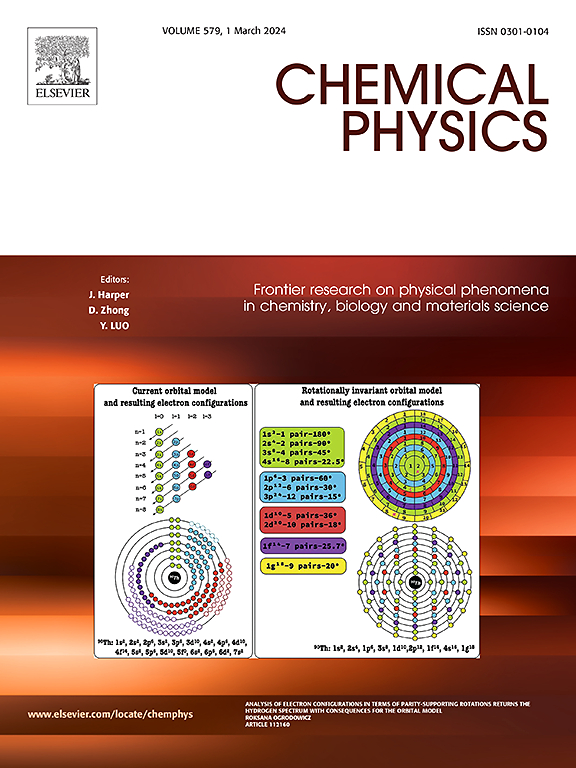Direct Z-scheme SnC/InP heterostructure photocatalyst for overall water-splitting with broad optical absorption and strong catalytic activity
IF 2
3区 化学
Q4 CHEMISTRY, PHYSICAL
引用次数: 0
Abstract
We investigate a SnC/InP heterostructure using first-principles calculation. The most stabilized C3 configuration belongs to a type-II band alignment with a smaller bandgap of 1.06 eV than those of 1.79 eV and 1.75 eV for InP and SnC monolayers respectively. The electrons migrate from SnC side to InP side, generating a built-in electric field from SnC to InP and band edge bending at the interface. Combining this small bandgap and the band edge offset demonstrates that the photogenerated carriers are transported along a direct Z-scheme pathway. Furthermore, the free energy of the hydrogen evolution reaction exhibits a negative value, implying that hydrogen can be spontaneously reduced. At the same time, the oxygen evolution reaction also becomes thermodynamically spontaneous upon applying an external potential 3.08 V. The SnC/InP heterostructure exhibits broad light absorption with peak value up to 3.86 × 105 cm−1 at 2.9 eV in the visible light region. In addition, the higher solar-to‑hydrogen efficiency 15.35 %, strong catalytic activity under acidic, neutral and alkaline environments as well as large strain range from −4 % to 4 % confirm the tremendous potential of the SnC/InP heterostructure in photocatalytic overall water-splitting.

求助全文
约1分钟内获得全文
求助全文
来源期刊

Chemical Physics
化学-物理:原子、分子和化学物理
CiteScore
4.60
自引率
4.30%
发文量
278
审稿时长
39 days
期刊介绍:
Chemical Physics publishes experimental and theoretical papers on all aspects of chemical physics. In this journal, experiments are related to theory, and in turn theoretical papers are related to present or future experiments. Subjects covered include: spectroscopy and molecular structure, interacting systems, relaxation phenomena, biological systems, materials, fundamental problems in molecular reactivity, molecular quantum theory and statistical mechanics. Computational chemistry studies of routine character are not appropriate for this journal.
 求助内容:
求助内容: 应助结果提醒方式:
应助结果提醒方式:


